Vibration LAB Products
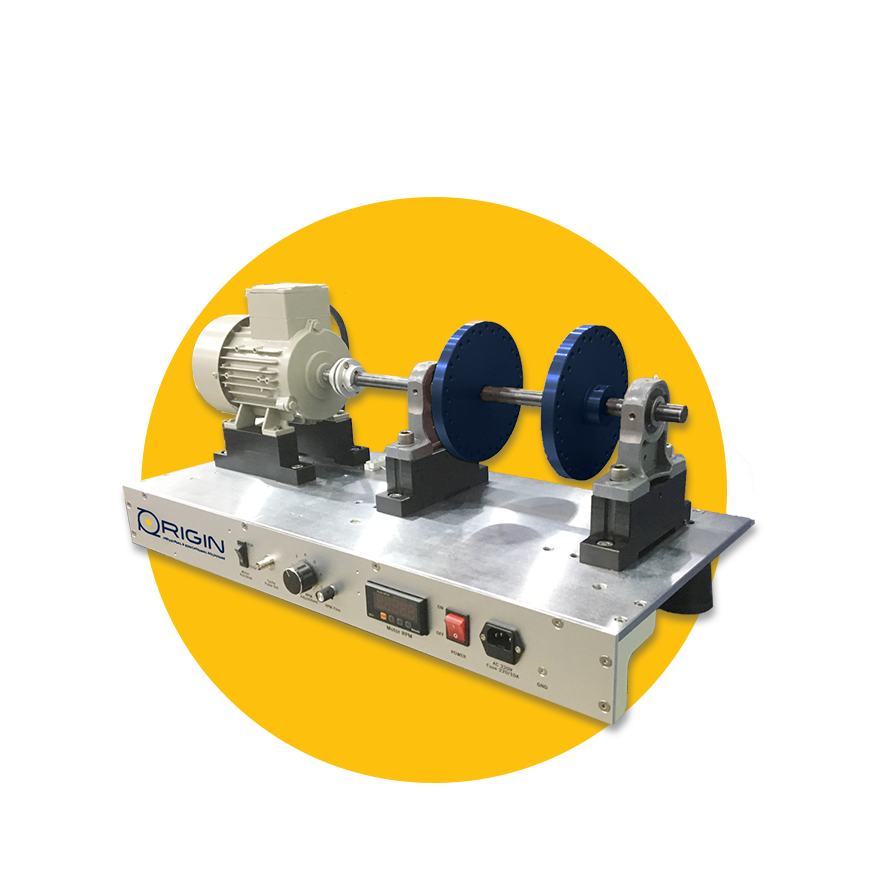
Torsional vibrations
Code : (MV-61)
The apparatus is suitable for examining torsional vibration on torsion bars of varying diameters and lengths.
A quick-action chuck is used to clamp the torsion bars at the upper end.
• Find the period of oscillation based on:
o The torsion bar length
o The torsion bar diameter
o The shape and mass of the rotating object
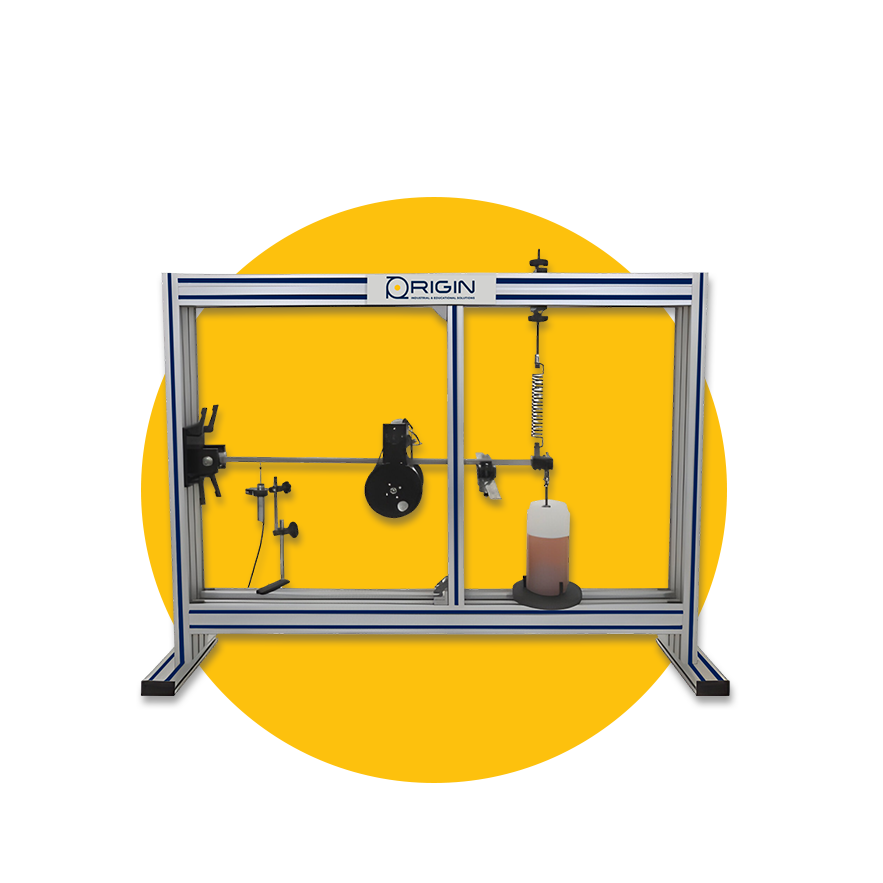
Free and forced vibration
Code : (MV-62)
The device has the capability to generate both free and forced torsional vibrations and analyze the impact of torsional stiffness, mass, and damping on frequency and amplitude.
• Calculating the torsional rigidity of a torsion bar
• Finding the moments of inertia for mass
• Analyzing the decay characteristics of torsional oscillations
• Establishing the damping effects in torsional vibrations
• Investigating forced torsional vibrations and resonance
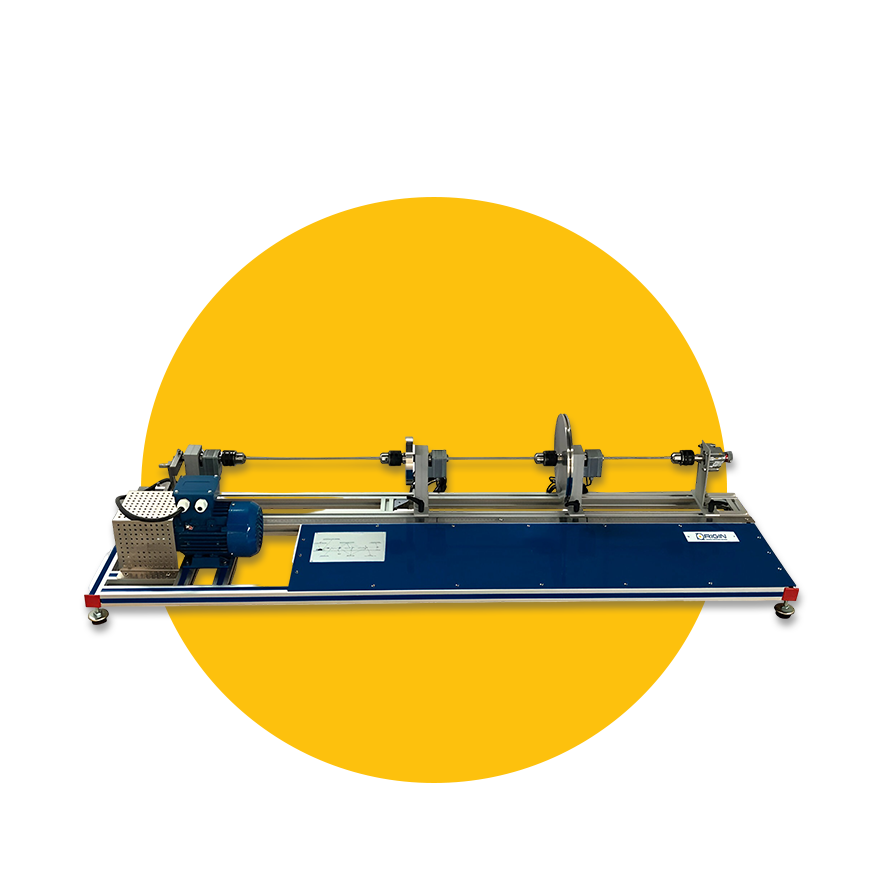
Critical speed
Code : (MV-63)
The training system for investigating critical speeds is a tabletop educational tool that provides a clear demonstration of machine dynamics.
This equipment can conduct simple experiments such as bending oscillation and resonance on a spinning shaft at different speeds.
Trainees will learn about vibration phenomena and how different configurations and variables can impact critical speed within this training system.
• Studying critical speeds by varying masses on the rotor shaft.
• Contrasting theoretical and actual critical speeds.
• Analyzing bending vibration.
• Exploring resonance phenomena.
• Examining the impact of mass on critical speed.
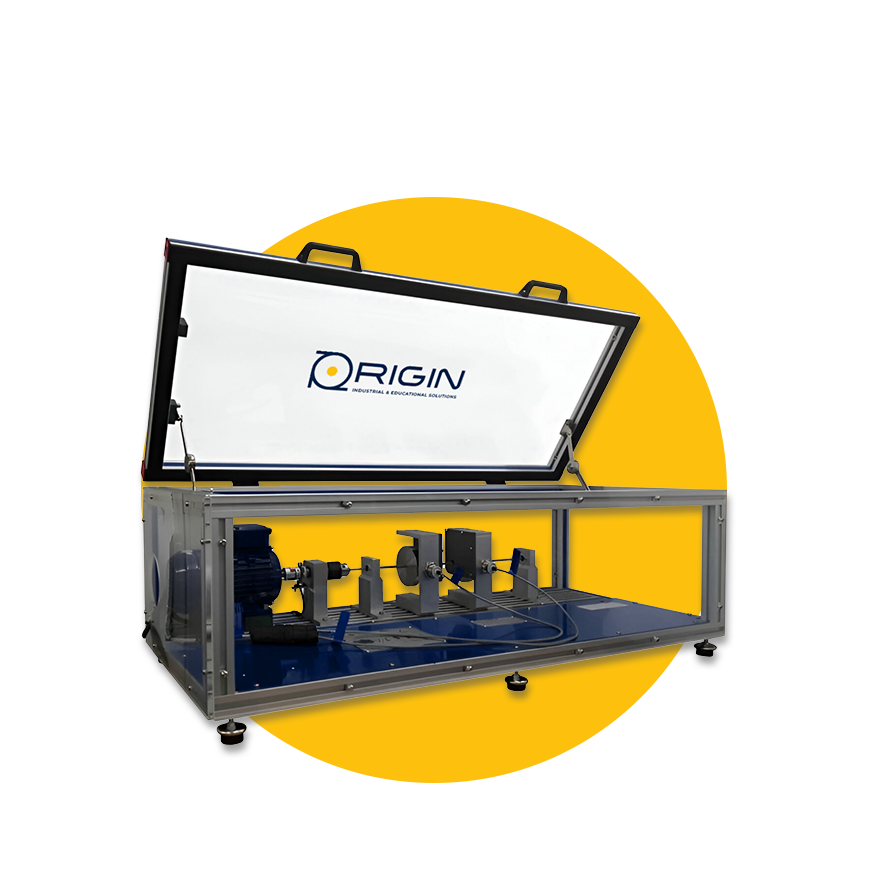
Universal vibration
Code : (MV-64)
The Vibrations Trainer is created to explore significant subjects related to mechanical vibrations such as pendulum oscillation, spring-mass systems, natural and forced oscillation, damped oscillation, beam oscillation, 2-mass systems, and absorber effects.
• Studying the oscillation of pendulums
• Exploring systems of springs and masses
• Examining natural and forced oscillations
• Looking into damped oscillations
• Researching oscillations of beams
• Studying systems of masses and the absorber effect
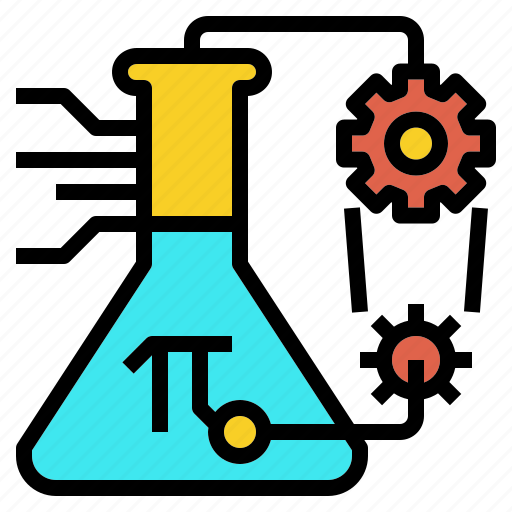
Spiral Spring vibration
Code : (MV-65)
The unit is made up of a rotating lever connected to a helical spring.
Different masses can be added to the lever at different distances, forming a spring-mass system.
This system can be utilized to examine how the oscillation frequency is impacted by the stiffness of the spring, mass, and mass distribution.
An angle scale is used to measure the deflection angle.
• determine the rigidity of a helical spring
• determine the natural frequency of a spring-mass system
• investigate the effect of mass and mass distribution
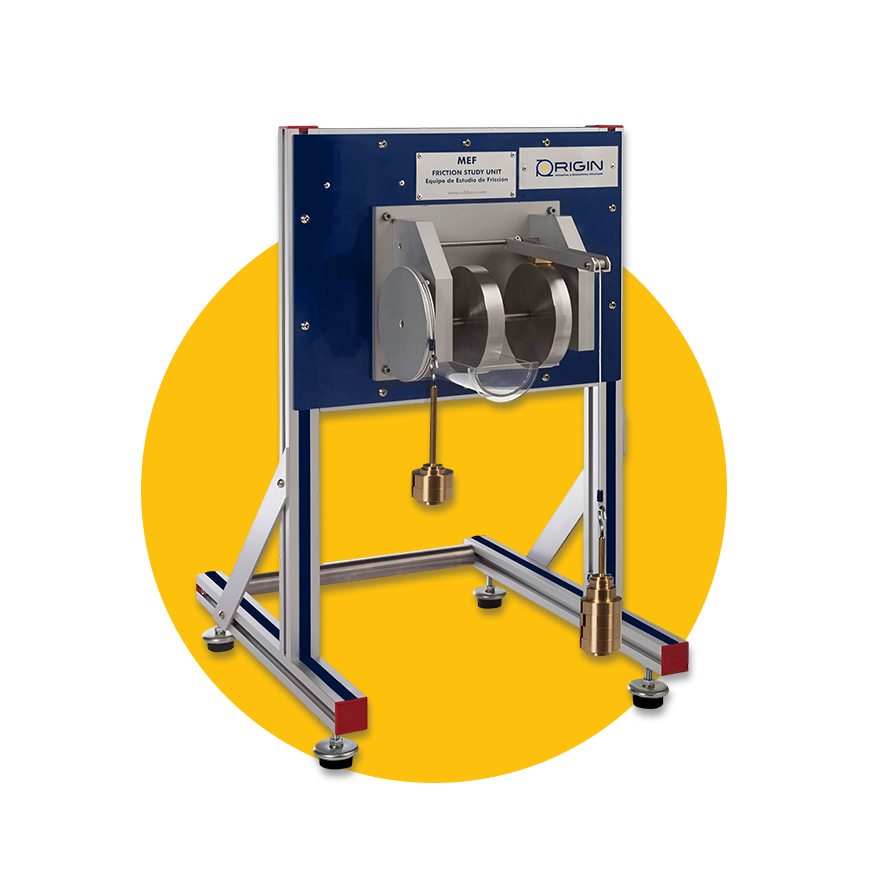
Friction of bearing
Code : (MV-66)
The apparatus is suitable for examining torsional vibration on torsion bars of varying diameters and lengths.
A quick-action chuck is used to clamp the torsion bars at the upper end.
• Determining the frictional moment in slide bearings using different friction pairs.
• Finding the frictional moment of a roller bearing.
• Comparing slide bearings and roller bearings.
• Conducting fundamental experiments on rotational dynamics.
